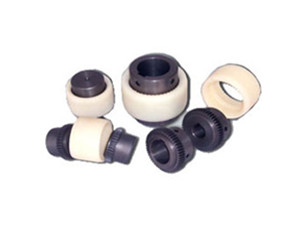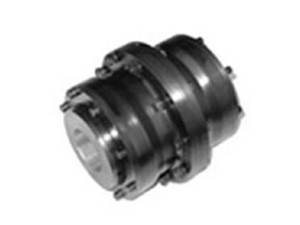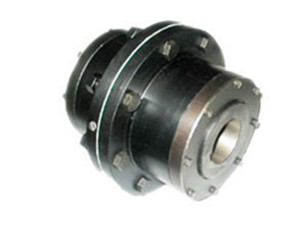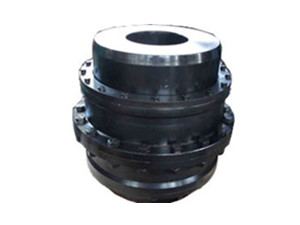Introduction of elastic coupling performance and requirements
The elastic coupling uses parallel or spiral groove system to adapt to various deviations and transmit torque.Flexible couplings usually have good performance and price advantages. In many practical applications of stepping and servo systems, flexible couplings are the product of choice.The one-piece design enables the flexible coupling to achieve the advantages of zero-clearance torque transmission and no maintenance.The elastic coupling mainly has the following two basic series: spiral groove type and parallel groove type.
(1) In order to facilitate a complete understanding of the elastic coupling shaft transmission system, the user should provide the following technical data during use: description and diagrams of the machine and equipment, driving machinery, driven machinery, auxiliary machinery; transmission ratio of the system :Moment of inertia of rotating parts, inertia of the entire system-elasticity data, all size limits; limit size of loading and unloading space, working state of connected shaft, balance requirement; nominal shaft between shaft and shaft or between flange and flange Provide as far as possible the detailed dimensions and tolerances of the connected shaft or flange, the large cantilever load on each shaft; the distance from the proximal bearing of the coupling and the type of bearing, the large axial direction of the main and driven shafts Load.
(2) The power of the transmitted speed, including the speed and nominal torque when the speed-torque curve is working normally; the allowable large speed and large torque; the elastic coupling is required to detail the vibration torque expressed in excitement. Explain the instantaneous or continuous frequency variation range, the instantaneous load during acceleration or deceleration.Nature of work: working conditions (continuous, intermittent, oscillation, forward and reverse, etc.) required life and allowable maintenance timeEnvironmental data for transportation, storage and use: shock and vibration, ambient temperature and humidity ranges, the presence of oils, solvents, corrosive liquids, steam, sand, dust, salt water, and radiation.The expected deviation between the connected shafts: the general and large deviations allowed in the running state in the angular, radial, and axial directions, and the general and large deviations allowed during operation and parking.The effect of temperature changes.Performance requirements of Otis couplings: torsional stiffness; axial stiffness, the critical speed of the intermediate shaft coupling
relevant information
- Function of coupling
- Treatment method and lubrication of gear coupling failure
- The reason why plum coupling is often damaged
- The difference between star coupling and plum coupling
- The structure and advantages of JQ type clamp coupling
- How to install and connect the coupling
- Installation technology of drum gear coupling
- The keyway type and code of the shaft hole of the diaphragm coupling
Ranking of similar articles
- Function of coupling
- Treatment method and lubrication of gear coupling failure
- The reason why plum coupling is often damaged
- The difference between star coupling and plum coupling
- The structure and advantages of JQ type clamp coupling
- How to install and connect the coupling
- Installation technology of drum gear coupling
- The keyway type and code of the shaft hole of the diaphragm coupling
- Specifications and parameters of plum coupling
- Advantages of elastic pin coupling





